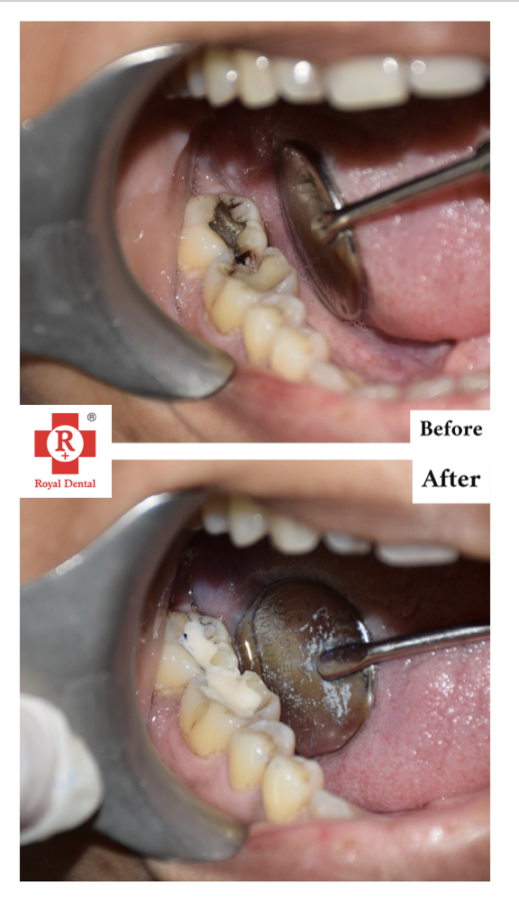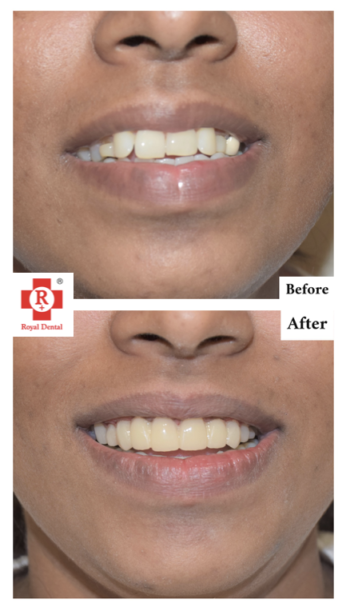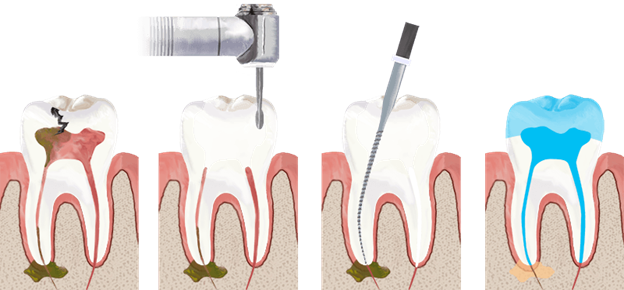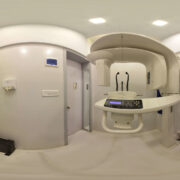A confident smile is more than simply a cosmetic accessory in a world where Zoom calls and selfies rule our everyday encounters. It makes a statement. In order to have that ideal smile, dental operations, including fillings, root canal therapy (RCT), and post-and-core procedures, are essential. Think of the dentist as the director, directing the story of oral health, and your teeth as the main characters in a dental drama. With the help of Dr. Chirag Chamria of Royal Dental Clinics, let’s explore the exciting field of dental restorations today.
What is the role of Dental Assistant?
The unsung heroes of any dental office are the dental assistants, who quietly work behind the scenes to maintain patient care and the office’s flawless operation. Their duties cover a broad spectrum, all of which are vital to the general efficacy and efficiency of dental operations.
Four-Handed Dentistry
The idea of “four-handed dentistry,” in which the dentist and the dental assistant collaborate to complete certain tasks concurrently, is fundamental to dental efficiency. This coordinated dance guarantees that processes are finished quickly and precisely. Dental assistants act as an extension of the dentist’s hands, anticipating needs, passing tools with ease, and streamlining procedures.
Providing Better Visibility
Visibility is crucial for the precision required in dental operations. In order to maintain a clear and well-lit operating field, dental assistants are essential. Their ability to control suction, hold mirrors, and withdraw tissues frees dentists to concentrate on their task without interruption. This leads to improved accuracy as well as a more relaxing experience for the patient and the dentist.

Exposing Dental Radiographs
Dental radiographs are a vital diagnostic and educational tool for conditions related to oral health. Dental assistants are frequently in charge of setting up and exposing these radiographs, making sure that the pictures obtained give a complete picture of the patient’s oral anatomy. Planning effective treatments and making accurate diagnoses are made possible in large part by this input.
Infection Control Protocol
Dental offices should prioritize infection control just like any other healthcare facility. Strict infection control procedures are implemented and upheld in large part by dental assistants. Their dedication to upholding a sterile environment includes sterilizing tools, cleaning surfaces, and making sure personal protection equipment (PPE) is worn appropriately. This helps to ensure the safety of patients as well as dental personnel.
Monitoring Stock
A well-kept supply inventory is necessary for a dental office to run smoothly. Dental assistants are responsible for keeping an eye on inventory levels, placing orders for supplies, and organizing equipment to make sure the dental team has all they need for regular business. This painstaking attention to detail minimizes delays throughout procedures and helps to ensure a smooth workflow.
Purpose of Dental Procedures
In the field of restorative dentistry, dental procedures including fillings, root canal therapy (RCT), and post and core have specific functions. Every procedure takes care of certain dental problems and improves the general health and functionality of teeth.
Filling: Restoring Form and Function
Restoring a tooth’s form and function after it has been impacted by decay, cavities, or a minor injury is the main objective of dental fillings. A filling is a dental restoration used to fix the damaged or decayed region of a tooth.
After the decaying or damaged tooth piece is extracted, a restorative substance, such as amalgam or composite resin, is used to fill the empty space. This keeps the tooth from getting any more decay and guarantees that it can continue to function normally when biting and chewing.

Root Canal Treatment (RCT): Treating Infection of Pulp
The goal of root canal therapy is to cure infections that have reached the pulp, which is the tooth’s innermost layer and contains blood vessels and nerves. Bacteria can enter the pulp of a tooth that has significant decay or injury, which can result in infection and inflammation.
In an RCT, the infected pulp is removed, the root canals are cleaned and sanitized, and the area is sealed. This keeps the tooth’s natural structure intact and reduces pain and discomfort brought on by the infection, avoiding the need for extraction. The goal is to preserve the tooth and keep it functional inside the mouth.

Post and Core: Increasing Height of Tooth
In order to restore the height and structural integrity of a tooth that has had extensive damage or a root canal, post and core operations are performed. A tooth’s structural stability may be jeopardized following root canal therapy (RCT) or severe damage.

To rebuild the tooth’s natural crown, a core is grown up around a post that is placed into the root canal space to offer further support. This reinforces the tooth and makes it easier to put on a crown or other restorative prosthesis. The goal is to make the tooth taller and more resilient overall so that it can function and look as good as possible.
Dental Procedure Setups
Filling Setup
GIC-IX Setup:
The goal of Glass Ionomer Cement (GIC) is to serve as a versatile restorative dental material. A particular kind of glass ionomer cement called GIC-IX is mixed per the manufacturer’s directions and used as a base or liner, among other uses.
Dycal Base with GIC-IX:
Dycal is a calcium hydroxide substance that is frequently utilised in restorations as a base or liner. GIC-IX is applied on top of Dycal to create a protective layer between the restoration and the tooth.
ZOE (Zinc Oxide Eugenol):
ZOE is intended to serve as a temporary filler with sedative qualities. It offers protection and relief for fillings that are temporary until a permanent restoration is installed.
Composite Setup (with Curing Light):
The purpose of composite resin is to create tooth-colored restorations that are aesthetically pleasing. A curing light, bonding chemicals, and composite resin are part of the setup. The resin is activated by the light, which causes it to solidify and adhere to the tooth.

Luting: Resin (Powder and Liquid):
Restorations are bonded to the tooth structure through the process of resin luting. A resin material for cementation is made by combining powdered and liquid components.
Luting: GIC-I (Glass Ionomer Cement for Luting):
GIC-I serves as a luting agent in the cementation of restorations. GIC-I releases fluoride and forms a strong bond when combined and applied to the restoration.
Root Canal Treatment Setup
Files (Hand Files and Rotary Files):
Files serve the purpose of cleaning and shaping the root canals during root canal therapy. Rotary files are motorised and increase efficiency, while hand files are used manually.
Entomoters:
The purpose of entomoters is to irrigate the root canals and eliminate debris. They help clean the root canals and get them ready for obturation.
Others:
The accurate implementation of RCT is aided by apex locators, rubber dam setup, and a variety of hand instruments.

Post & Core Setup
Posts offer assistance with the ultimate repair and core buildup. The tooth’s core is rebuilt using materials such as amalgam or composite resin. Various post kinds (metal, fiber, etc.) are available according to the particular clinical scenario. The core is positioned around the post to reconstruct the tooth’s structure.
Drills and burs are used to get the tooth ready for core building and post-implantation.
Conclusion
As we say goodbye to this illuminating tour through the world of dental restoration, keep in mind that your smile is a work of art in progress. With the knowledge that Dr. Chirag Chamria has imparted, set out on the path to perfect dental health and use your brilliant smile to serve as a blank canvas on which to paint your individual tale. After all, a confident smile celebrates your uniqueness rather than being merely a reflection of it.






